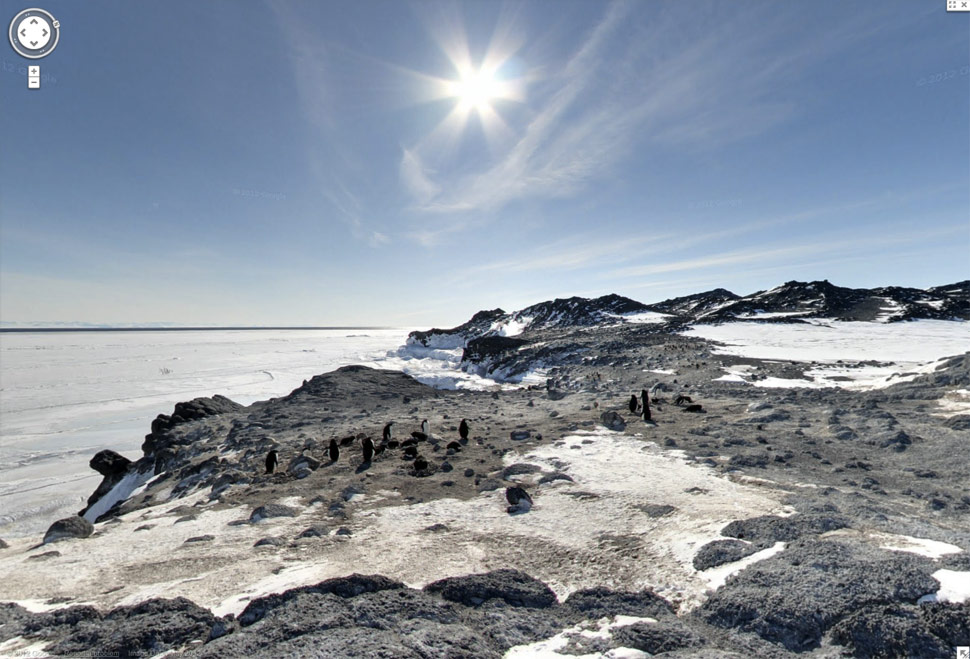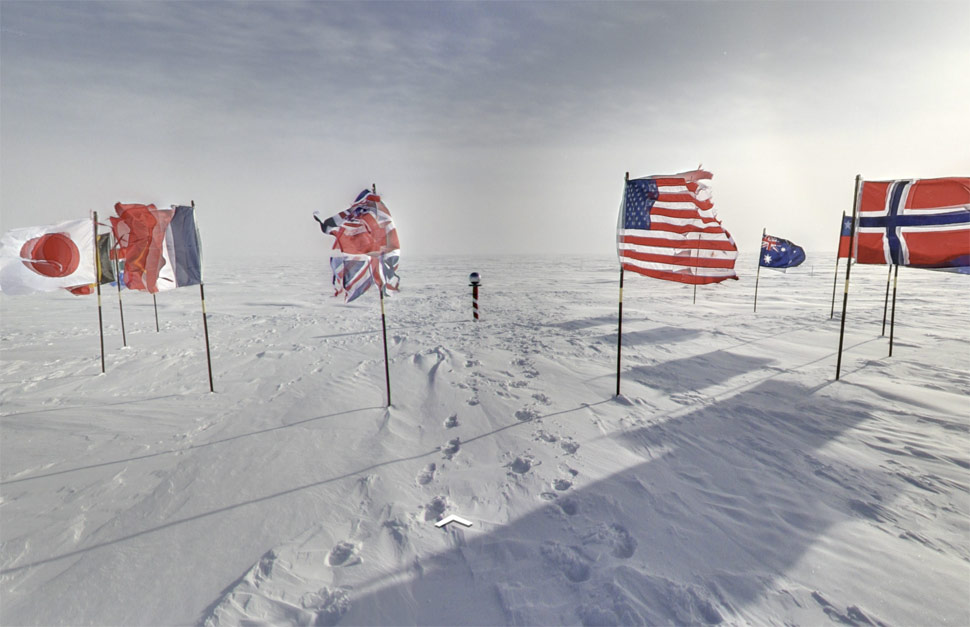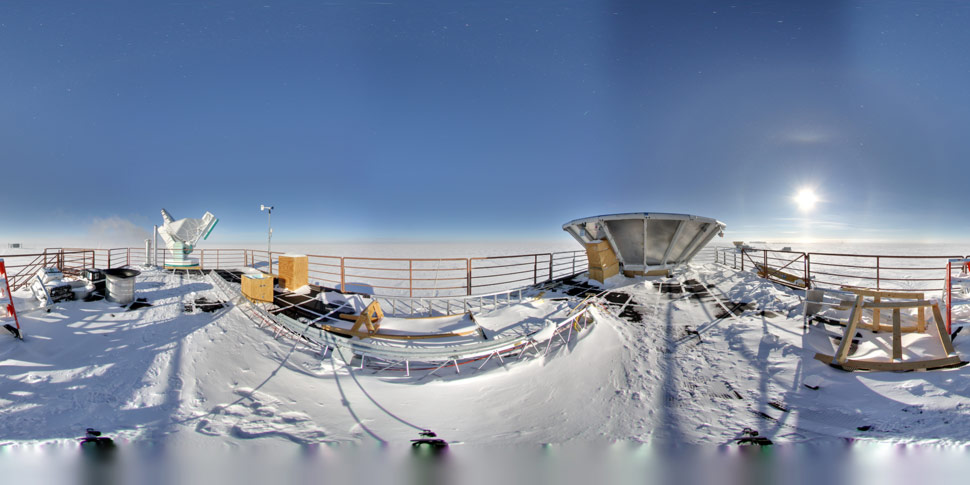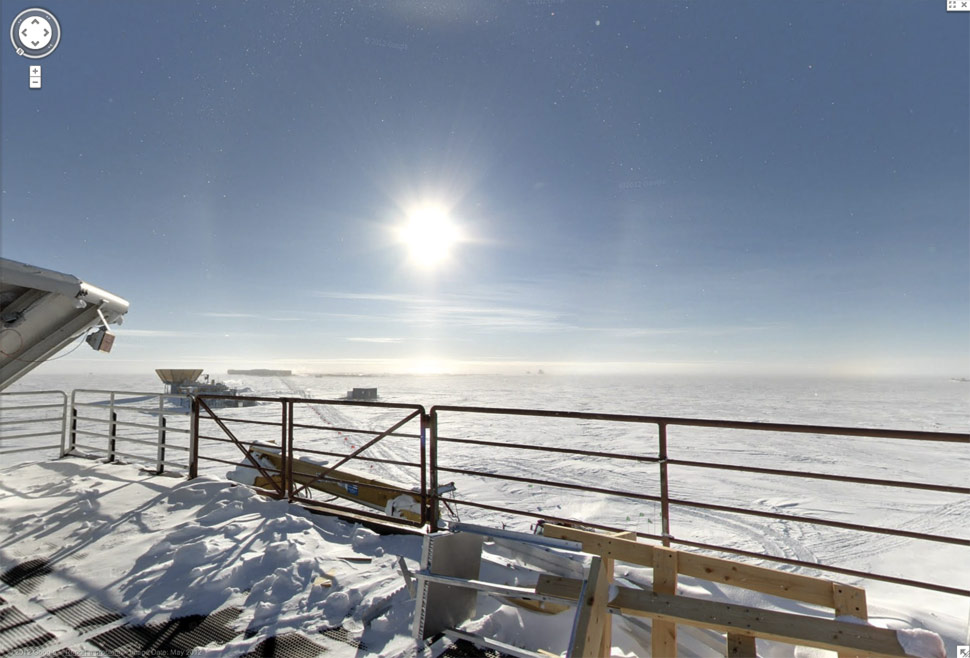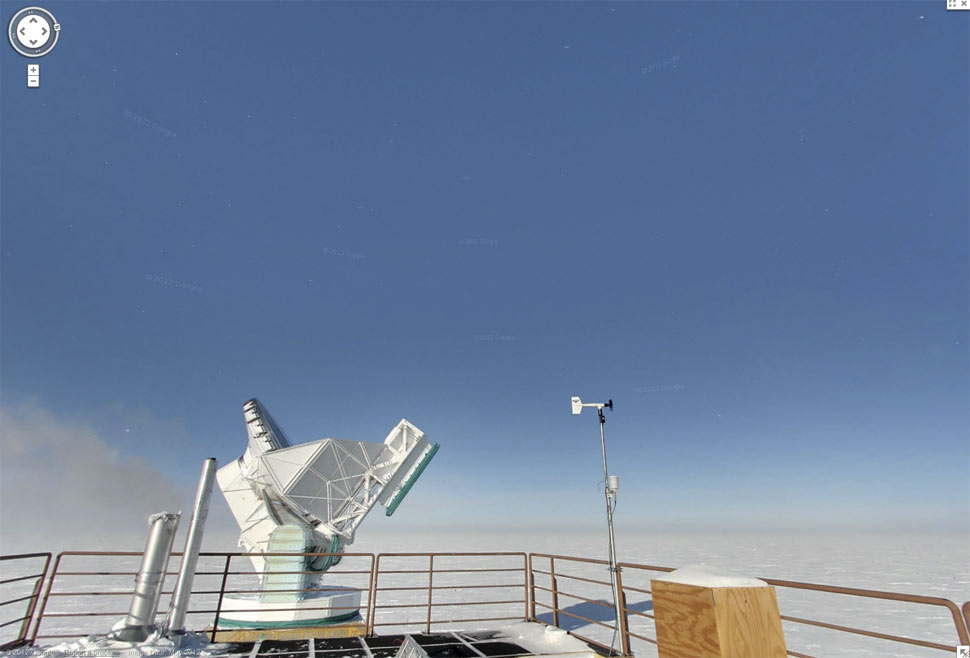The observance of
Jewish law (
halakhah)
in the polar regions of Earth presents unique problems. Many
mitzvot, such as
Jewish prayer and the
Jewish sabbath,
rely on the consistent cycle of day and night in 24-hour periods that
is commonplace in most of the world. However, north of the
Arctic Circle (and south of the
Antarctic Circle)
a single period of daylight can last for a month or more during the
summer, and the night lasts for a similar length of time in the winter.
The question for Jews that live in, and visit these regions, is how to
reconcile the observed length of days in the polar regions with common
practice elsewhere in the world. Should a "day" be defined solely based
on sunrise and sunset, even if these events do not occur for long
stretches of time; or should the definition of a polar "day" be
consistent with the length of a day in the rest of the world?
The problem was first identified in the 18th century, when Jewish
émigrés began to immigrate in greater numbers to the northern parts of
Scandinavia. A number of different opinions on the question have been presented in
responsa and are reviewed in a recent essay.
[1]
Scope of the problem
The definition of a "day" in polar regions affects mitzvot that must
be performed during the day, or at a particular time of day. It also
affects the passage of time in the
Jewish calendar for the purpose of observing
Shabbat and other
Jewish holidays.
Mitzvot performed during the day
A long list of mitzvot must be performed at any time during the day but not at night, or vice versa. These are listed in a
mishnah in
Megillah.
[2] (Many of these mitzvot, as part of the sacrificial service in the
Temple of Jerusalem,
could not be performed in the polar regions.) In addition, a lender is
required to return clothing used as collateral to a poor borrower if he
needs it to sleep at night,
[3] and an employer must pay a day laborer his wages on the same day that the work is done.
[4]
Time of day
The most familiar mitzvah that depends on the
time of day is
Jewish prayer. The morning
Shema must be read between dawn
[5]
and three variable hours after sunrise. ("Variable hours" are each
one-twelfth of the time between sunrise and sunset, or according to
another opinion between dawn and the appearance of stars at twilight.
Variable hours are longer than 60 minutes in the summer, and shorter
than 60 minutes in the winter.) The prayers of
Shacharit,
Mussaf and
Minchah are also limited to certain hours of the day. The evening
Shema and
Ma'ariv,
though acceptable at any time of the night, should preferably be done
in the first half of the night. It is possible that during very long
days of the polar summer, evening prayers are not recited, and during
very long nights of the polar winter, daytime prayers are not recited.
Days of the week
The passage of days from one to the next most prominently drives the observance of
Shabbat
on every seventh day. During the polar summer, hundreds of hours can
pass without sunset, and it is possible that this entire period is just
one day of a week. However, since Shabbat is observed on the same day
throughout the world (allowing for differences in
time zones), it stands to reason that Shabbat should be observed simultaneously even in polar regions.
Pre-modern background
The
Bible,
Talmud,
and individual pre-modern Jewish writers do not address this issue
because Jews did not visit the polar regions and were not aware of its
distinctive nature before modern times. However, the section in Talmud
regarding the "desert wanderer" has been used by modern authorities to
analyze this issue. The Talmud contains the following discourse:
- Rav Huna
says, if a man is wandering in the desert and he does not know when is
the Sabbath, he should count six days [as weekdays] and keep one day as
the Sabbath. Hiyya bar Rav says he should keep one day as Sabbath, then
count six days [as weekdays]. ...
- Rava
says, on each day he may do whatever he needs in order to survive,
except for his Sabbath. But should he die on the Sabbath? He could
prepare extra food the day before his Sabbath, but that might be the
real Sabbath. So every day he may do whatever he needs in order to
survive, even on the Sabbath. How is the Sabbath recognizable to him? By
kiddush and havdalah [which he performs on his Sabbath but not on other days].
- Rava says, if he knows which day he departed on the journey, he may
do work on the same day of the week [i.e. 7 or 14 days after he
departed, because he certainly would not have departed on a Sabbath].[6]
The law is in accordance with the first opinion, that a confused
desert wanderer keeps six "weekdays" followed by one "Shabbat", but he
may not perform
activities forbidden on Shabbat on any day except to aid his own survival.
[7]
The law is based on a principle that a person who is unaware of reality
should create his own Sabbath while acting out of concern that the real
Sabbath may be on a different day.
Modern opinions
Rabbi Israel Lipschutz
Rabbi
Israel Lipschutz, in his commentary
Tiferet Yisrael,
writes that in polar regions there is a 24-hour day, as evidenced by
the fact that the sun rotates in the sky from a high point at noon to a
low point near the horizon at midnight. He does not offer a means of
measuring the passage of a 24-hour day during the polar winter when the
sun is invisible. He advises that a Jewish traveler observe the
beginning and end of the Sabbath based on the clock of the location
whence he came. It is unclear whether this refers to his residence or
his port of embarkation.
A result of this view is that two Jews who leave from different
cities will always observe Shabbat on Saturday, but at different times. A
Jew who leaves from America will observe the Sabbath according to the
clock of his hometown, while a Jew from Europe will use the clock of his
European hometown, which begins and ends Sabbath about five hours
earlier than in America. Thus, there is no uniquely identifiable
beginning and end of the day in the polar regions.
[8]
References
- ^ "Mizvot in the Polar Regions and in Earth Orbit." J. David Bleich. Contemporary Halakhic Problems, volume 5, chapter 3, pages 75-128. Targum Press, 2005. ISBN 1-56871-353-3
- ^ Chapter 2; page 20b.
- ^ Deuteronomy 24:12-13
- ^ Deuteronomy 24:14-15
- ^ Specifically,
this is the time between dawn and sunrise that a person may first
distinguish between light and blue, according to the Mishnah in Berakhot.
- ^ Babylonian Talmud, Tractate Shabbat, 69b (translated from Aramaic)
- ^ Joseph Caro. Shulhan Arukh, Orakh Hayyim, chapter 344.
- ^ Bleich pp. 85-92
























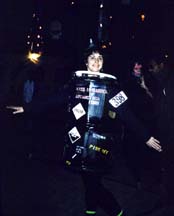 Halloween Party:
Halloween Party: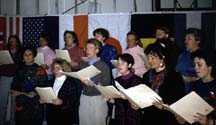 After
the party, there's a choir recital and carol sing-along in the dining
hall. Despite the absence of family, there's something quite peaceful
about celebrating Christmas in Antarctica. Perhaps it is the complete
absence of commercials. (No one's trying to sell you anything, so the
Christmas Spirit arrives unsullied by advertisements and commercialism.
It's very liberating.) Perhaps it is because you are a million miles
away from everything else, away from the war, crime, and other problems
of the world. Or perhaps it is because you are in one of the most
beautiful places on Earth, just a few hundred of you in a frozen corner
of the world, surrounded by as much white as any Christmas could ever
want. Whatever the reasons, Christmas in McMurdo always seemed to me to
be more peaceful than anywhere else I'd been.
After
the party, there's a choir recital and carol sing-along in the dining
hall. Despite the absence of family, there's something quite peaceful
about celebrating Christmas in Antarctica. Perhaps it is the complete
absence of commercials. (No one's trying to sell you anything, so the
Christmas Spirit arrives unsullied by advertisements and commercialism.
It's very liberating.) Perhaps it is because you are a million miles
away from everything else, away from the war, crime, and other problems
of the world. Or perhaps it is because you are in one of the most
beautiful places on Earth, just a few hundred of you in a frozen corner
of the world, surrounded by as much white as any Christmas could ever
want. Whatever the reasons, Christmas in McMurdo always seemed to me to
be more peaceful than anywhere else I'd been.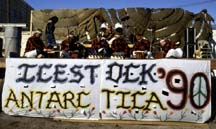 Icestock:
Icestock: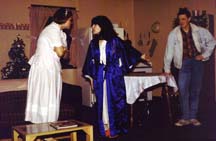 Theatrical Play:
Theatrical Play: